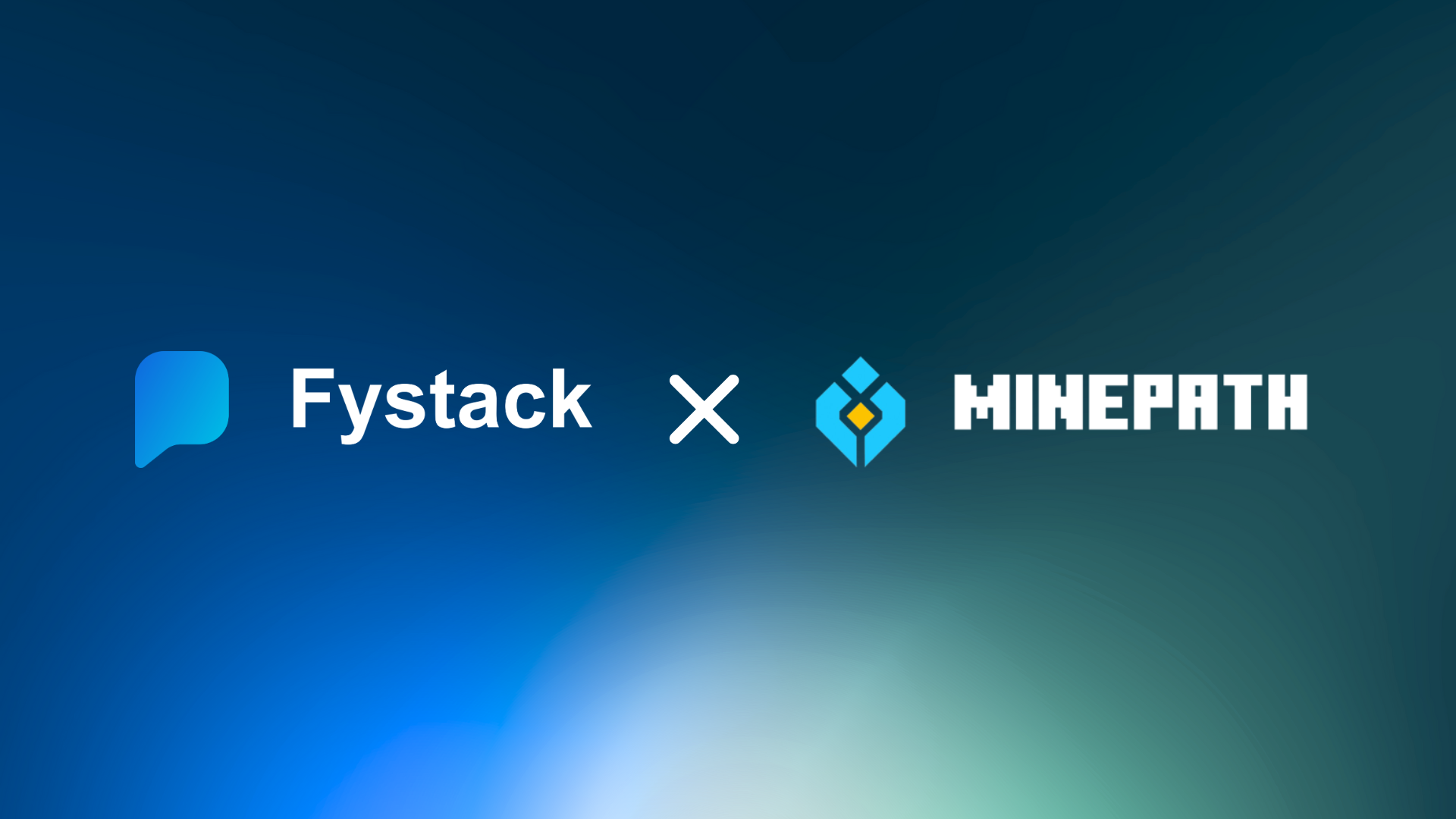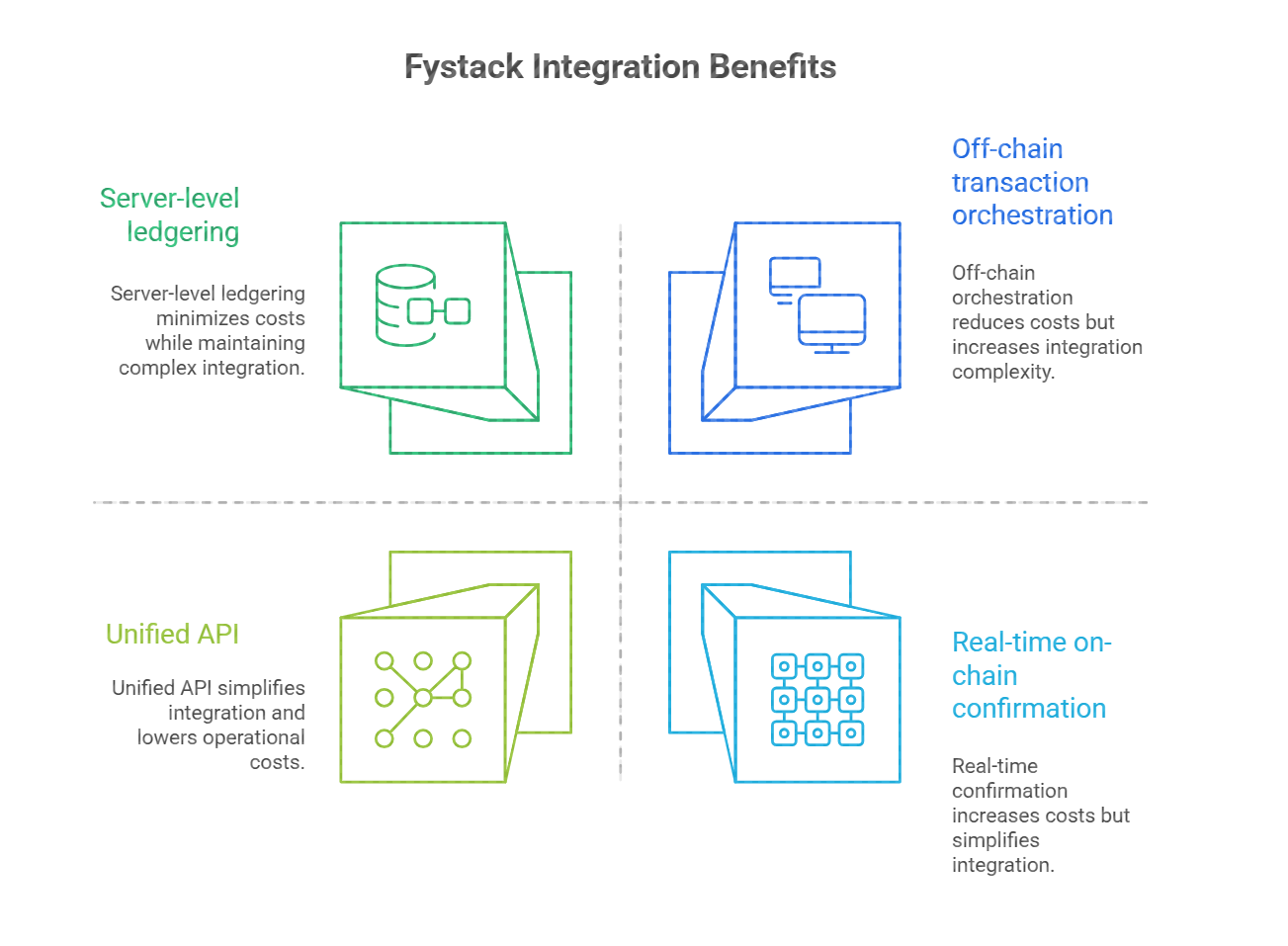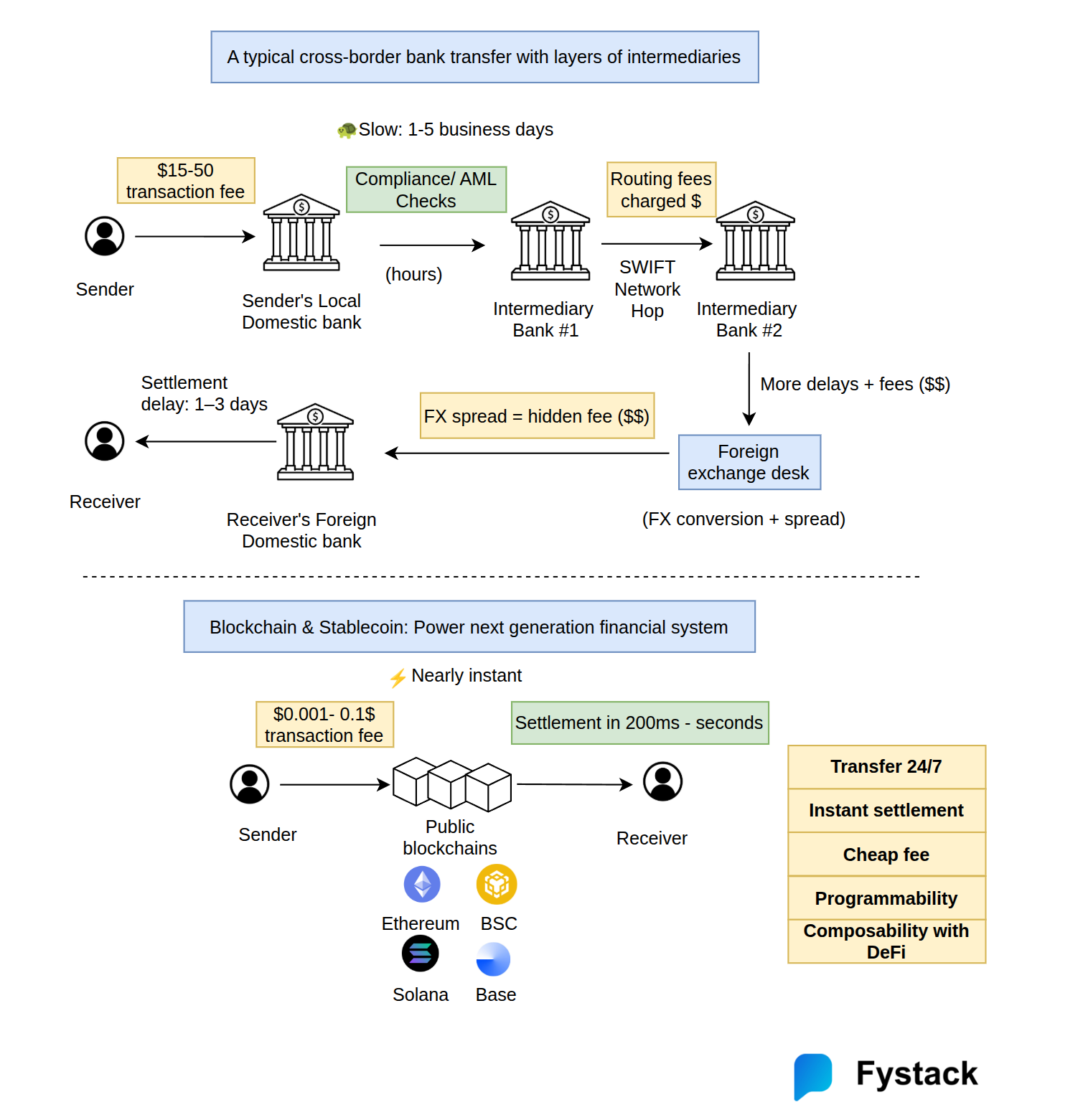Fystack x MinePath: Wallet Infrastructure for the Mine-to-Earn Model in Minecraft
Phoebe Duong
Author

We are proud to announce the partnership between Fystack and MinePath, a project building the foundational financial layer for the Minecraft ecosystem. MinePath not only enables a Mine-to-Earn model for players but also aims to package its entire technology stack into a plug-and-play SDK/API, allowing other Minecraft servers to integrate this economic model without needing deep blockchain expertise.
To achieve that vision, MinePath requires a wallet infrastructure that is secure, highly scalable, and capable of supporting an ongoing stream of microtransactions. This is exactly where MinePath’s product direction aligns with Fystack’s infrastructure capabilities.

Designing the Mine-to-Earn Model: An On-chain/Off-chain Loop Optimized for Performance
MinePath implements a gameplay loop optimized for high-frequency interactions. Players mine blocks → perform a Claim action at a fixed cost of around $0.005 SOL → the system mints the MINE utility token into their wallet → players use MINE to upgrade their mining capabilities → the loop continues.

There are two key components in this economic model:
The Claim fee is the core revenue stream
Each Claim generates a microtransaction that scales based on player count and interaction frequency. This creates a volume-driven revenue model rather than one dependent on market volatility.
MINE is a pure in-game utility token
Its purpose is confined to gameplay upgrades and unlocking new abilities, avoiding the overly complex tokenomics that many Web3 games struggle with.
MinePath selected Solana due to its low latency and high throughput. However, even a fast chain like Solana is not suitable if every Claim action must be processed on-chain; waiting for confirmations, dealing with fees, or requiring player signatures would break the pacing of the gameplay.
The correct solution is a hybrid architecture: gameplay logic and state transitions occur off-chain/server-side, with on-chain state updated at appropriate checkpoints. This is why MinePath needs a wallet and transaction layer tailored for this model.
Why MinePath Chose Fystack: Custodial Wallet Infrastructure Optimized for High Throughput
For the average Minecraft player, dealing with crypto wallets, seed phrases, or transaction signing is a significant barrier. MinePath needs a wallet solution that is:
- fully custodial, so players never manage private keys,
- capable of handling 10,000+ transactions per day,
- low-latency, ensuring gameplay is never interrupted,
- able to process microtransactions without incurring gas costs for players.
Fystack meets all these requirements through its B2B custodial wallet infrastructure, designed to process transaction logic at the service layer instead of forcing users to interact directly with the blockchain. MinePath benefits from several core technical advantages:

- Off-chain transaction orchestration
Claim and Upgrade actions are recorded internally in real time without immediate on-chain execution.
- Server-level ledgering
Fystack supports sub-ledgers to track player state, allowing instant transactions while still maintaining accurate synchronization with Solana.
- Separation between the wallet layer and blockchain layer
Player wallets, in-game transfers, and asset movements are all handled through a unified API. MinePath does not need to implement transaction signing, private key storage, or blockchain-specific logic.
- Optimized operational cost
Because most transactions do not require real-time on-chain confirmation, the gas cost of maintaining the M2E economy is significantly reduced.
- Integration Architecture: Returning Speed and Consistency to Gameplay


MinePath integrates Fystack across three layers:
Custodial Wallet Layer: Fystack creates and manages player wallets, handling key management, security, and transaction reconciliation.
Game Transaction Layer: All internal actions (Claim, Upgrade, balance updates) are processed through Fystack’s API to ensure:
- low latency,
- instant state changes,
- complete logging for auditing and on-chain sync.
Blockchain Sync Layer: When synchronization is required - for balances, mint history, or asset states - Fystack executes Solana transactions on behalf of MinePath, eliminating the need for MinePath to run signing infrastructure or blockchain nodes.
The result is that MinePath can operate a complex in-game economy while preserving the seamless, plug-and-play experience that Minecraft players expect.
Looking Ahead: Standardizing the M2E Infrastructure Across the Minecraft Ecosystem

The partnership between Fystack and MinePath marks a meaningful step toward standardizing how Web2 games transition into Web3. MinePath will continue developing its SDK/API for Minecraft servers, while Fystack provides the custodial wallet and payment infrastructure that ensures scalability and security.
We believe that in the future, more traditional games will adopt the model of “Web3 under the hood, Web2 on the surface”, and the Fystack x MinePath collaboration is a clear example of how this approach can be executed effectively.
Join the Conversation
Join our Telegram group to receive updates about our open-source wallet infrastructure, and gain insights on Web3 security, custody best practices, and developer-focused tools.


